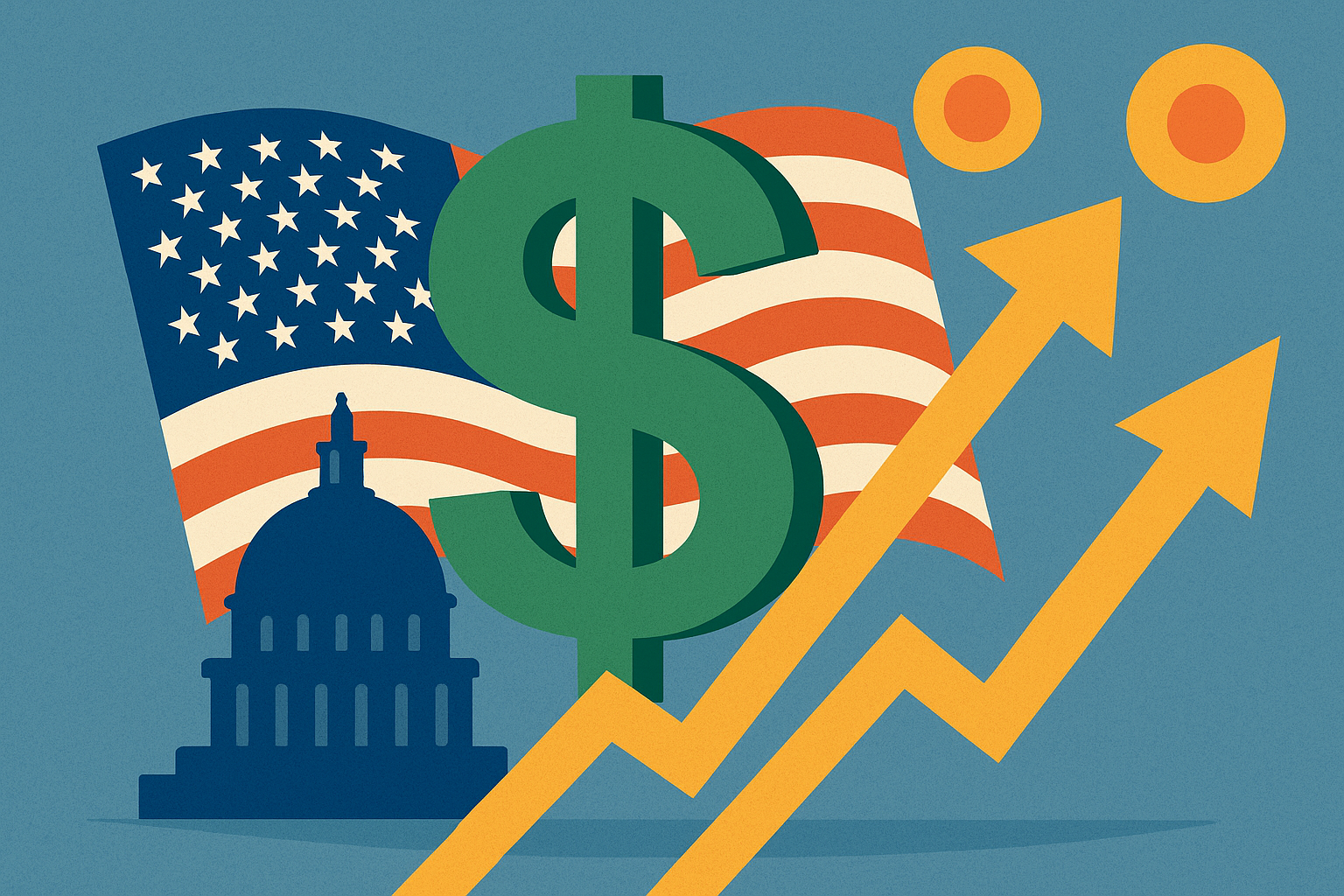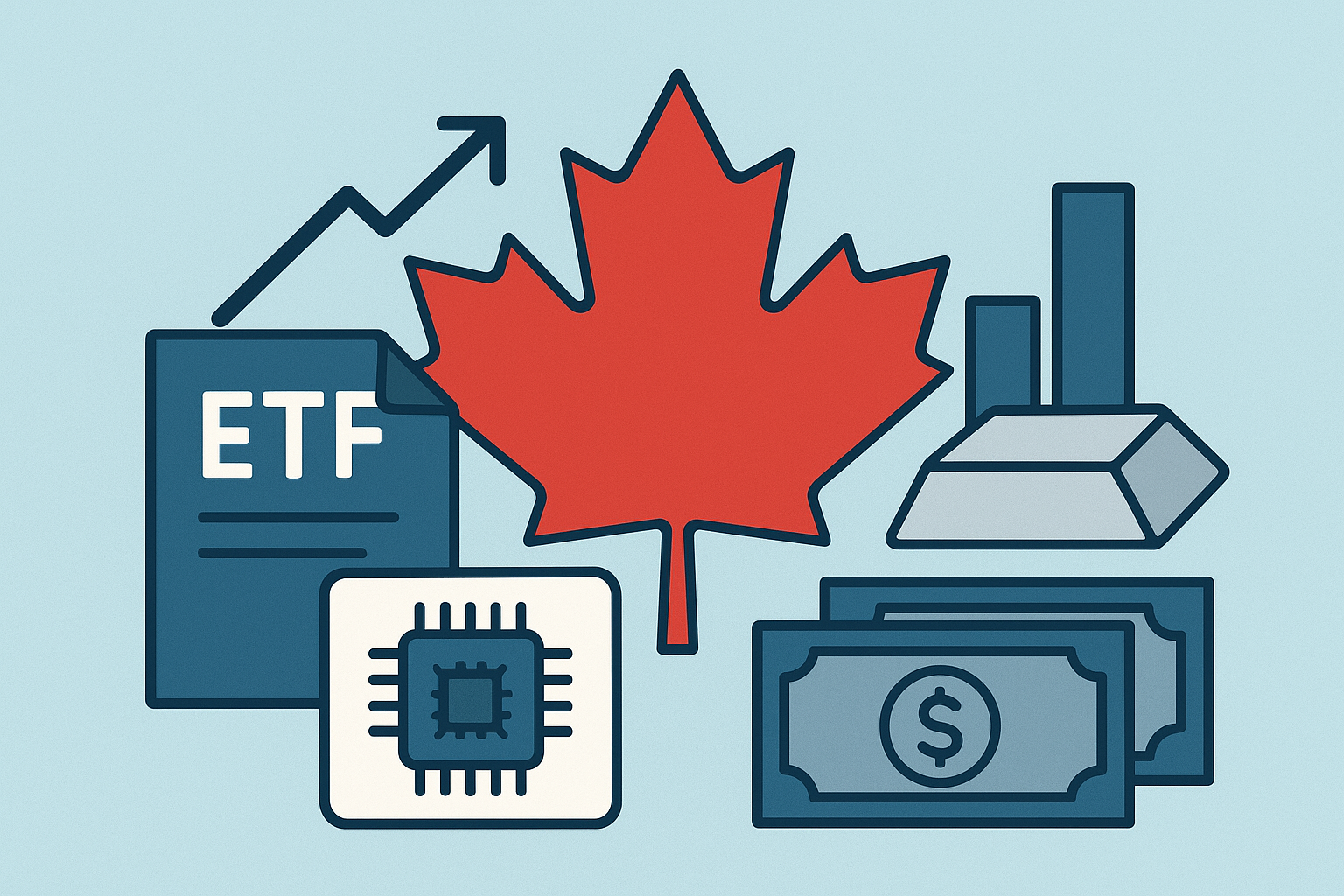A fresh wave of optimism swept through U.S. equity markets on Tuesday as Wall Street posted strong gains, fueled by softer-than-expected July inflation data that ignited hopes for multiple Federal Reserve interest-rate cuts before year-end. The S&P 500 climbed 1.2%, while the Nasdaq Composite rallied 1.4%, marking their strongest single-day performance in nearly a month, according to Reuters. Meanwhile, the CBOE Volatility Index (VIX) dropped to its lowest level since early June, signaling renewed investor confidence.
This rally wasn’t just about one data release—it was the culmination of a market narrative building for months: inflation is finally cooling in a way that could give the Fed cover to ease policy more aggressively. Now, with rate-cut markets pricing in as many as three reductions before December, the conversation is shifting from “if” to “how fast” the Fed might pivot.
Why This Matters for Investors
Lower interest rates reduce borrowing costs, stimulate business investment, and often boost valuations—particularly in rate-sensitive sectors such as technology, real estate, and consumer discretionary. Tuesday’s rally was led by these very sectors, with megacap tech names adding billions in market cap.
Treasury yields tumbled across the curve, with the 10-year yield falling 12 basis points to 3.87%, its sharpest one-day drop since May. Financial markets now assign a 70% probability of a September rate cut, according to CME’s FedWatch tool, compared to just 45% last week.
Analysts from Morgan Stanley note that “If inflation continues to moderate without a sharp slowdown in labor markets, the Fed could deliver a rare ‘soft landing’—a scenario historically favorable for equity investors.”
The Inflation Print That Changed the Narrative
The Labor Department reported that headline CPI rose 2.6% year-over-year in July, slightly below the 2.7% consensus forecast. More importantly, core CPI, which strips out volatile food and energy components, eased to 3.3%, marking its slowest pace since early 2022.
While still above the Fed’s 2% target, the trend suggests disinflation is taking hold without triggering a collapse in economic activity. Retail sales data released concurrently showed modest growth of 0.3%, indicating consumers are still spending—albeit at a slower pace than earlier in the year.
Future Trends to Watch
- Fed Communication: Investors should closely monitor the minutes from the Federal Open Market Committee (FOMC) and upcoming speeches by Fed Chair Jerome Powell. Any hints of hesitancy to cut rates could temper market enthusiasm.
- Corporate Earnings: A lower-rate environment could provide breathing room for corporate margins, but forward guidance will be key in assessing whether demand can sustain revenue growth.
- Global Context: Easing monetary policy in the U.S. could weaken the dollar, boosting exports but also affecting international capital flows. This may have implications for emerging markets and commodity prices.
Risks to the Rally
While the setup appears favorable, risks remain. Core inflation, at 3.3%, is still notably above target, leaving the Fed with room to exercise caution. Historically, markets have been prone to overpricing dovish pivots—only to see rallies reverse when policymakers push back.
Additionally, geopolitical uncertainties—from ongoing trade tensions to Middle East conflicts—could reignite commodity price pressures, threatening the disinflation narrative. Bond market positioning also remains crowded, making it vulnerable to sudden yield spikes if data surprises to the upside.
Key Investment Insight
For equity investors, this environment favors:
- Cyclicals: Industrials, materials, and consumer discretionary tend to outperform during early-cycle recoveries fueled by monetary easing.
- Rate-Sensitive Sectors: Real estate investment trusts (REITs) and utilities benefit from lower yields and refinancing costs.
- Selective Tech: Growth-oriented technology companies could see valuation multiples expand, though earnings discipline will be critical.
Prudent investors should consider a barbell strategy—holding both growth stocks positioned to benefit from rate cuts and defensive plays in case inflationary pressures resurface.
As rate-cut optimism builds, the challenge for investors will be to balance near-term upside potential with an awareness of the macroeconomic and geopolitical variables that could shift the narrative. The market’s next move hinges not only on inflation and the Fed, but also on whether corporate America can deliver on the earnings growth implied by current valuations.
Stay tuned with MoneyNews.Today for real-time analysis, market updates, and data-driven insights designed to keep you ahead of the curve in an evolving investment landscape.





